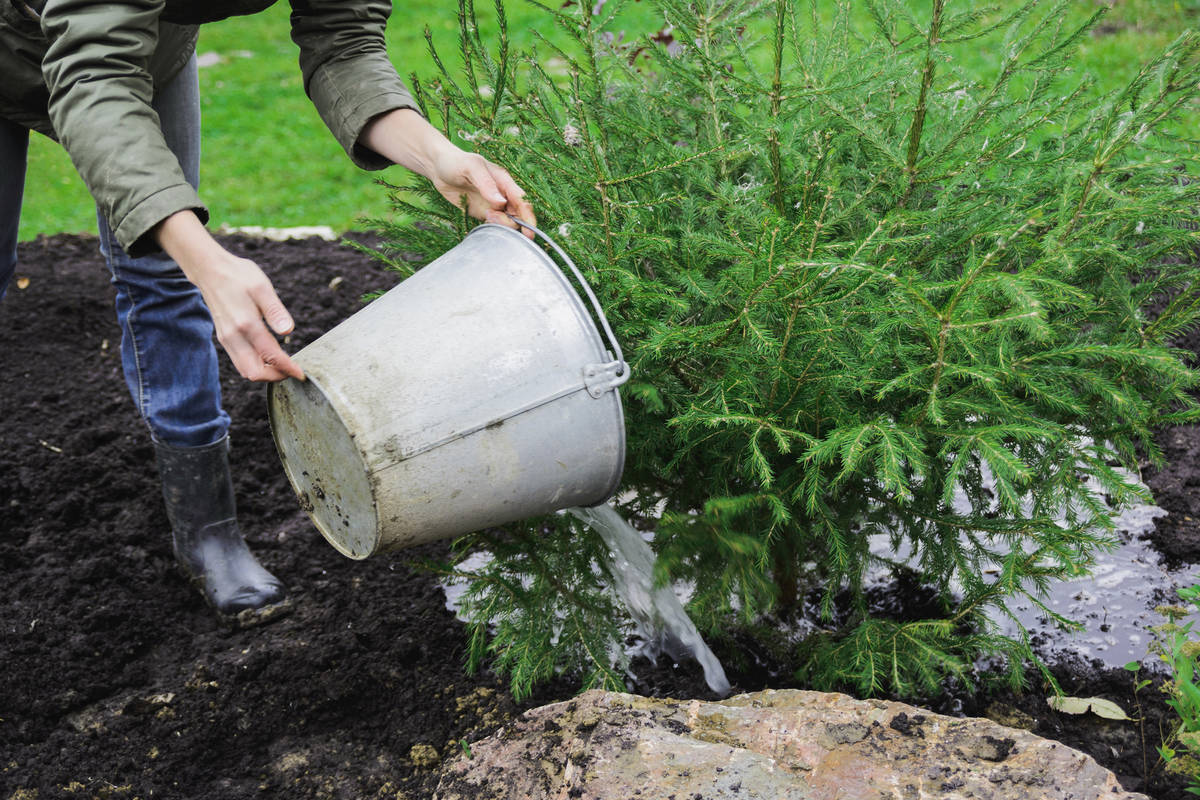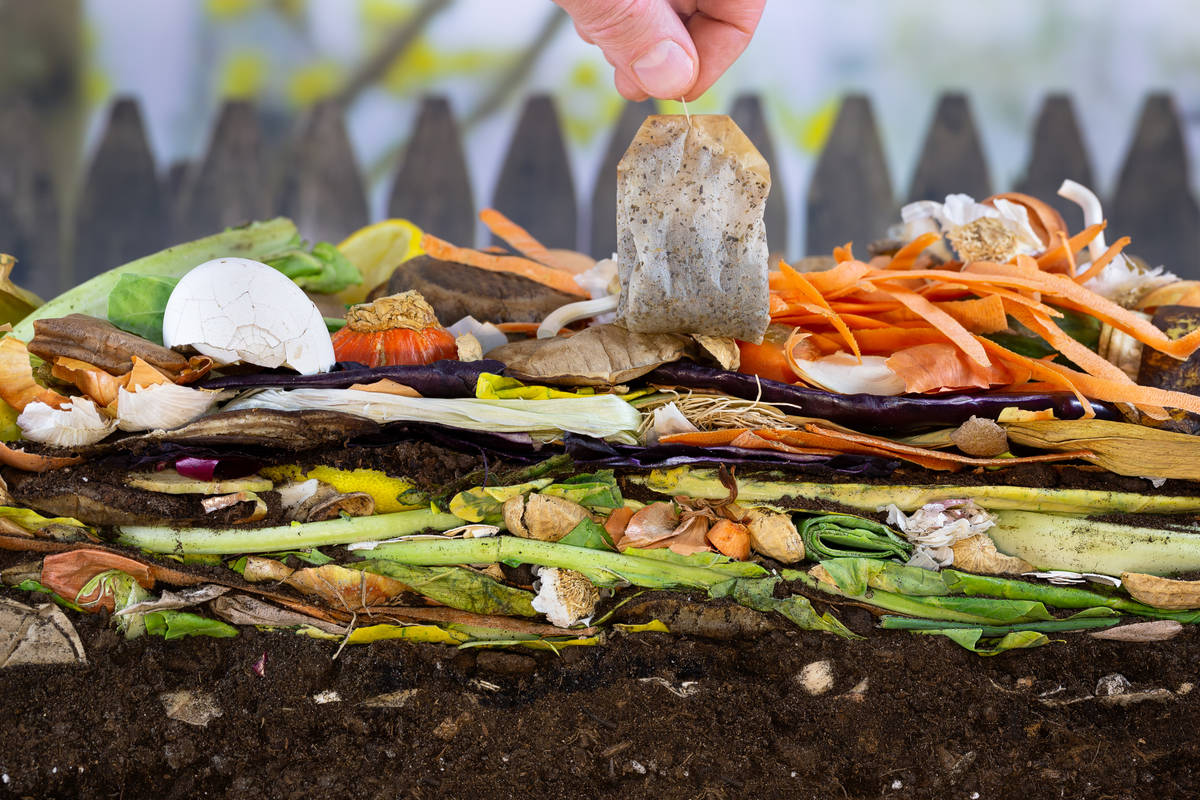In Season: Turning your pesky weed problem into garden gold
One of the most common questions posed in my gardening club every spring is, “How do I get rid of weeds?” It seems everyone is looking for a magical spray that they only need to use once, and the weeds will never return. Such a spray does not exist.
If we look at weeds from an ecological perspective, we can see that they serve a function. They appear wherever there is bare soil and large open unshaded areas. As weeds send out their tap roots in search of water, they collect nutrients and trace minerals, which are brought up into the plant foliage. When they die and break down, the nutrients are redistributed into the topsoil. If left alone over a period of years, they would grow, eventually die and then decompose—creating new soil and biodiversity.
Understandably, few want to have a weedy front yard and nature is not allowed to take its course. In the Permaculture method of gardening, there is a saying that the problem is the solution. Weeds are a prime example of that.
A recipe for weed tea plant food
The Ingredients
Buckets: To create free plant food for your garden you’ll need a few simple tools. First, you’ll need a few buckets, at least 5-gallon sized. I have recycled many cat litter buckets for garden use. You don’t want the buckets to be heavier than you can carry. Avoid metal buckets, as the tea will be steeping for several weeks and metal may rust.
Fabric: You’ll be creating what amounts to a large tea bag. An old pillowcase will work well for this purpose. You will also need a piece of breathable fabric to cover the bucket.
Water: The best water to use for this is unchlorinated. You can use your garden hose, but if you have water from a utility, you should fill the buckets a few days ahead of making the tea to let the chlorine dissipate.
Weeds: Any weeds will work, even those that have already gone to seed. I also use plant trimmings from vegetables that I prune during the growing season, like tomato leaves.
The Method
If you are using a pillowcase, fill it with weeds as you pull them. If you are using a piece of fabric, place your weeds onto the fabric. Pull the fabric into a ball around the weeds and tie it shut. Place the weed-filled fabric into a bucket and fill the bucket with water.
Give the tea a stir, and cover the bucket with another piece of fabric or a screened frame. This will allow air into the mixture and help to prevent flies and mosquitoes from breeding in it. This will also keep debris from blowing into the tea.
Let the tea steep for at least one week and up to four weeks, giving it a stir every day. The longer the tea steeps, the more concentrated it will become. The tea will become very smelly, similar to cow manure. The fertilizer that is created will be very potent and should be diluted.
Keep the brewing tea near your vegetable garden so that you can tend to it as part of your daily garden routine. Though the tea has a potent odor, you only really smell it when you are very close or mixing it.
When the tea is ready, pull the fabric bag from the bucket. The decomposing weeds can be added to your compost bin to break down further and the bag can be used again. Dilute the concentrated tea with water at a ratio of 10 parts water to one part weed tea concentrate.
I fill a bucket of similar size to my tea bucket nearly with water, and then mix in a scoop of the tea concentrate. I use an old metal cooking pot with a long handle for the scoop. If you get the mixture on your hands, it may take a few days to get the smell off with washing.
To use, water the plants with the diluted tea by pouring directly into the soil around the roots. This tea also makes a great foliar feeder if you spray it on the leaves of the plants. In the summer, it is best to do this in early evening to avoid accidentally burning the leaves.
If you have a dripline, you may also have a fertilizer injector system that hooks up to the dripline. I do not recommend using it with weed tea as the fine particles in the tea could clog your dripline system over time.
Depending on the size of your garden, you may want to start a new bucket of tea every week to allow for routine feeding. In my garden, I feed my vegetable plants weekly. I feed my flower garden every other week and my fruit trees monthly. I also supplement with worm casings buried in the soil with the plants at the time of planting.
When using homemade fertilizer, you may want to perform a soil test annually. A testing kit can be purchased at local garden centers or online and come in a range of sizes and prices. Soil testing will allow you to add additional purchased nutrients if needed.
With a just few minutes in your daily routine, you can have a beautiful weed-free front yard and plenty of food for your garden year-round. The best part is that it is all for the grand price of free.
Terri Meehan is the Founder of Southern Nevada Gardening Association a regional group. She is a garden mentor and local farmer in Pahrump. Send questions or comments to her at sonvgarden@gmail.com


















